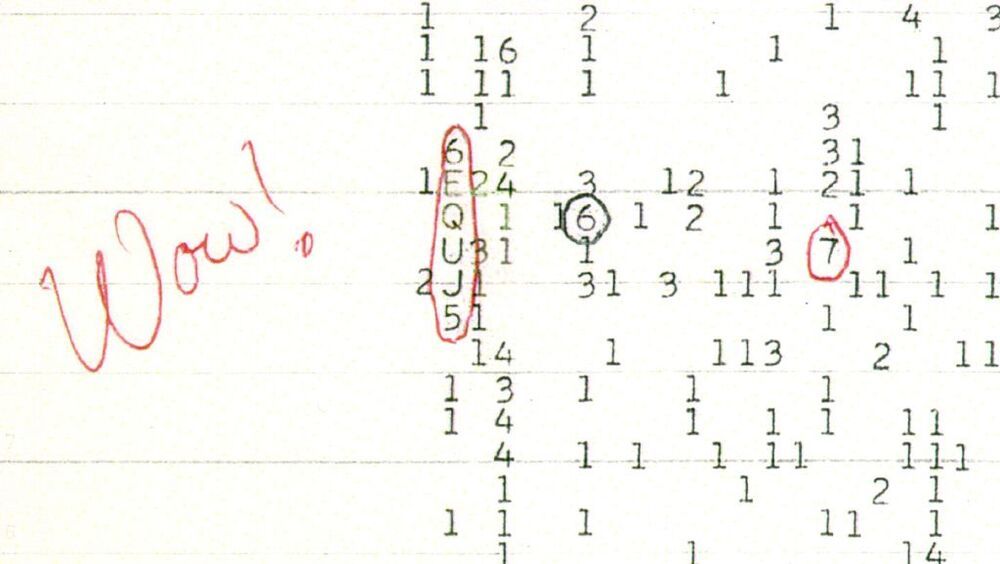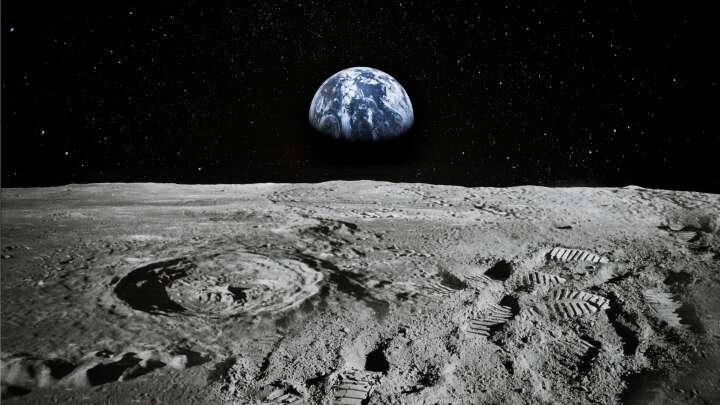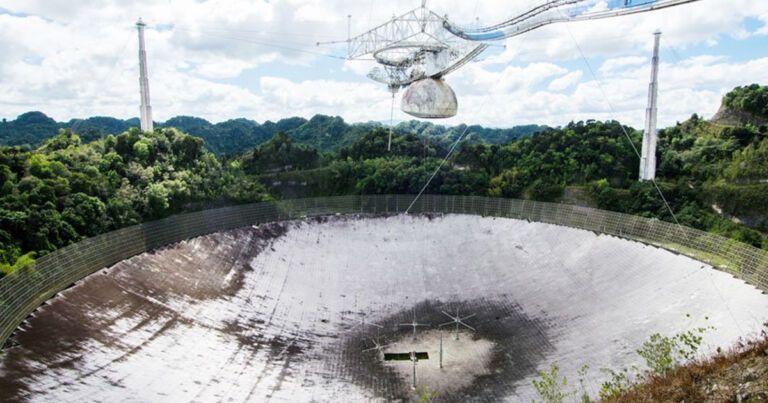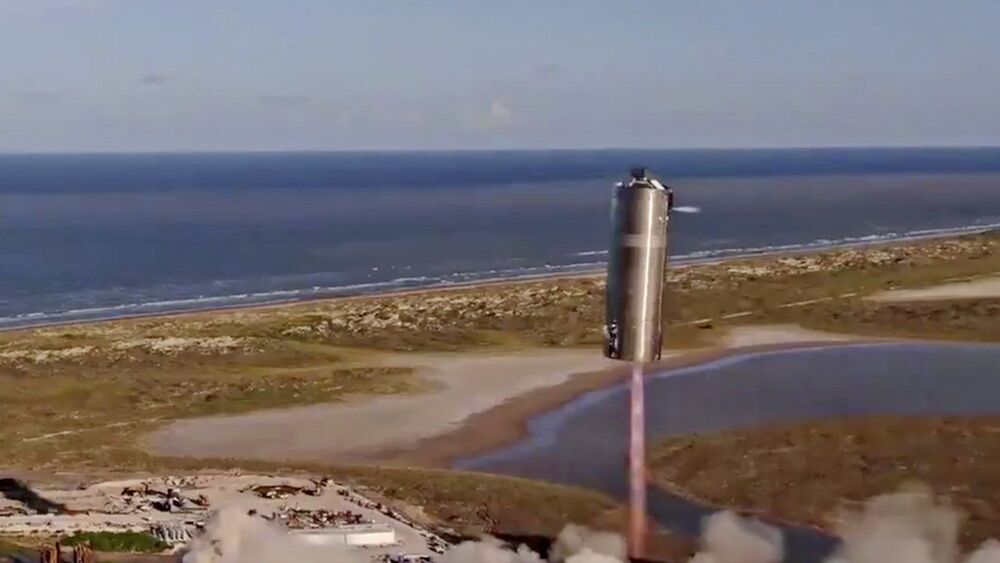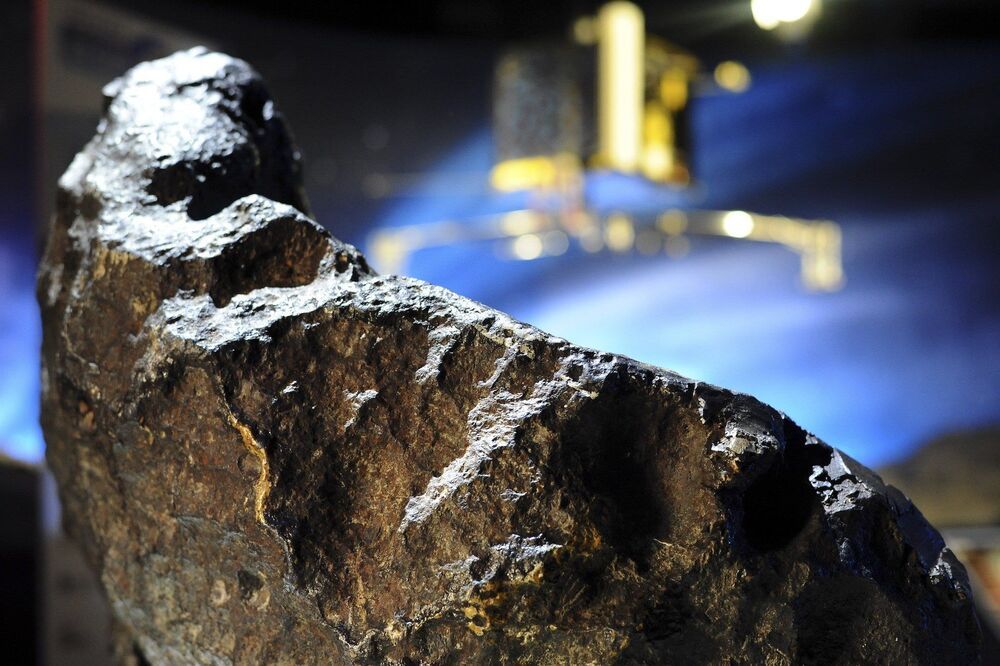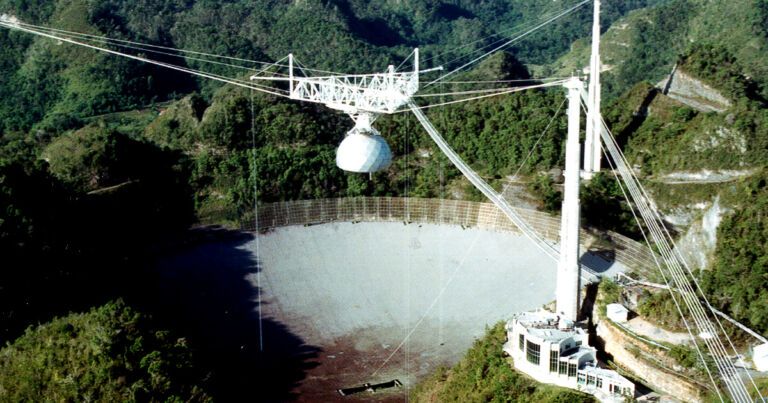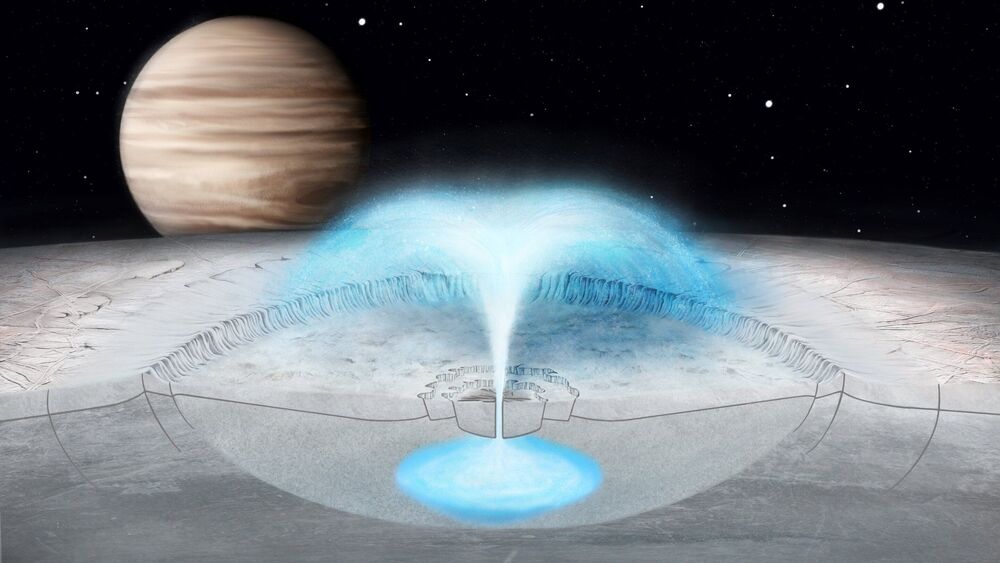Amateur astronomer and YouTuber Alberto Caballero, one of the founders of The Exoplanets Channel, has found a small amount of evidence for a source of the notorious Wow! signal. In his paper uploaded to the arXiv preprint server, Caballero describes searching the Gaia database for possible sun-like stars that might host an exoplanet capable of supporting intelligent life.
Back in 1977, astronomers working with the Big Ear Radio Telescope—at the time, situated in Delaware, Ohio—recorded a unique signal from somewhere in space. It was so strong and unusual that one of the workers on the team, Jerry Ehman, famously scrawled the word Wow! on the printout. Despite years of work and many man hours, no one has ever been able to trace the source of the signal or explain the strong, unique signal, which lasted for all of 72 seconds. Since that time, many people have suggested the only explanation for such a strong and unique signal is extraterrestrial intelligent life.
In this new effort, Caballero reasoned that if the source was some other life form, it would likely be living on an exoplanet—and if that were the case, it would stand to reason that such a life form might be living on a planet similar to Earth—one circling its own sun-like star. Pursuing this logic, Caballero began searching the publicly available Gaia database for just such a star. The Gaia database has been assembled by a team working at the Gaia observatory run by the European Space Agency. Launched back in 2013, the project has worked steadily on assembling the best map of the night sky ever created. To date, the team has mapped approximately 1.3 billion stars.
